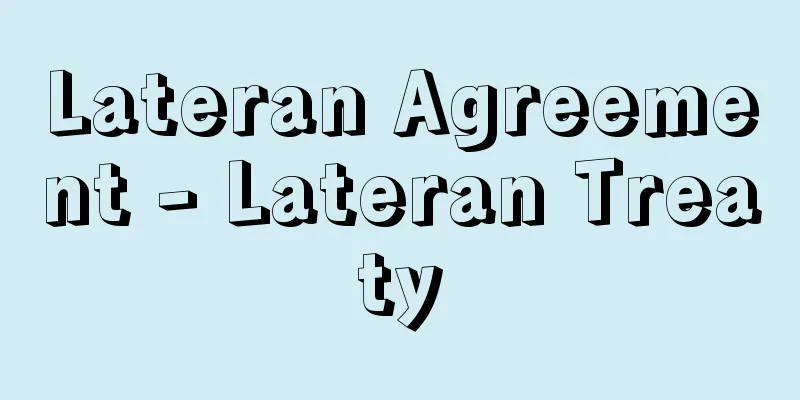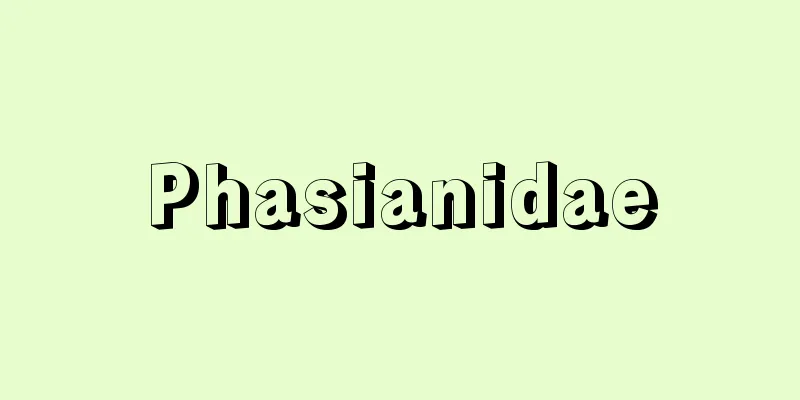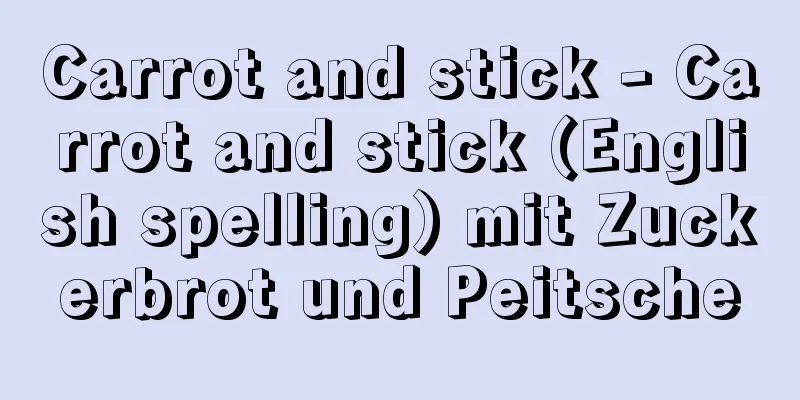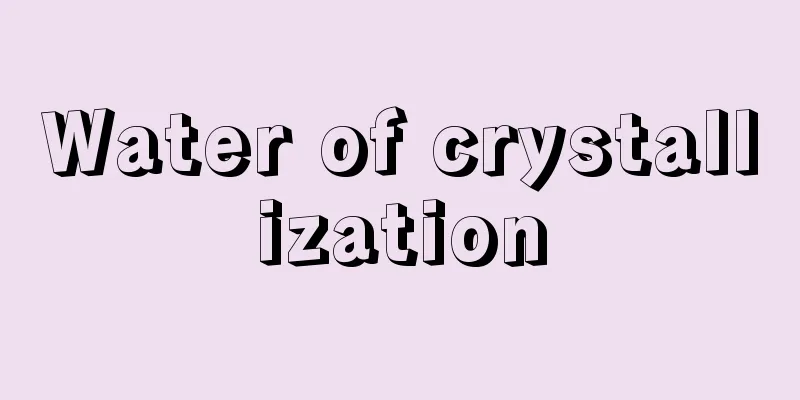East Japan Bottom Trawl Fishery - Ito Sokobikiamigyogyo
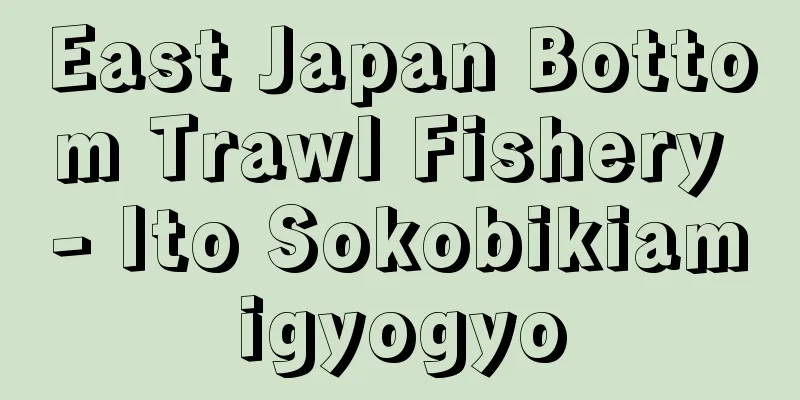
|
This refers to the medium-sized motor boat bottom trawl fishery that operated in the waters off the coast of Japan east of 130 degrees east longitude (currently 128 degrees 30 minutes east longitude) from before World War II until the mid-1950s after the war, and corresponds to the westward bottom trawl fishery. This fishery began when motor boats were introduced in the early Taisho period, and has a long history of being operated nationwide, and has occupied an important position in terms of catch volume. There are single-boat and double-boat methods, but the majority are single-boat methods, and the fish species caught are mostly bottom-dwelling fish such as Alaska pollock, Atka mackerel, sand lance, flatfish, Pacific ocean perch, and flounder. Bottom fishes, which are the target of bottom trawl fishing, generally move less and are easier to catch than pelagic fishes, so many of them are at high risk of overfishing. In the past, bottom trawl fishing has been subject to numerous regulations and controls, and has often had to be reduced in number of fishing boats. In 1921 (Taisho 10), the Mechanized Bottom Trawl Fishing Control Regulations were enacted, which did not restrict fishing areas, and the fishing boats were permitted by the governor, with the catch limit set at 50 tons or less. However, since there was no limit on the number of boats, the number of boats operating continued to increase, and competition with other fishing types led to constant conflicts, so in 1952 (Showa 27), the fishing boats were transferred to a Minister-approved fishing. In 1924, the mechanized bottom trawl fishing was divided into those east of the 130th meridian and those west of it, but the reason for adopting the 130th meridian was that there was serious conflict with coastal fishing in the waters east of it (especially in the Tohoku region of Honshu), and various institutional restrictions restricted the development of the fishing boats. For example, there were new business permits, permits to increase tonnage, restrictions on landing sites for catches, a shift to a ministerial permit system, closure of operations in summer, prohibition of nighttime operations, no permission for new operations, and a reduction in permitted tonnage. Later, due to increased food production during the Sino-Japanese War, the plan to reduce the number of vessels was discontinued, and in 1943 (Showa 18) the fishing industry became a prefectural permit fishery, but in 1947 it moved back to a ministerial permit fishery. In 1951, after the Second World War, a reduction in the number of vessels was implemented on the recommendation of GHQ (General Headquarters of the Supreme Commander for the Allied Powers), and the following year in 1952, a distinction was made between small-scale bottom trawl fisheries (15 tons or less) and the fishery became a ministerial permit fishery called "medium-sized motorized bottom trawl fishery." After that, the number of vessels was reduced and streamlined, with a shift to longline fishing for bonito and tuna from 1953 to 1954, a shift to driftnet fishing for North Pacific salmon and trout from 1954 to 1956, and a shift to northward-directing vessels from 1960 onwards. Following an amendment to the Fisheries Law in 1962, the name was changed to "offshore bottom trawl fishing." [Hideo Soeda and Kiyoshi Yoshihara] [Reference] | |Source: Shogakukan Encyclopedia Nipponica About Encyclopedia Nipponica Information | Legend |
|
第二次世界大戦前から戦後の昭和20年代中期にかけて、東経130度(現在は東経128度30分)以東の日本近海を操業区域とした中型機船底引網漁業をいい、以西底引網漁業に対応した呼称である。この漁業は、大正初期の動力船導入期から始まり、全国的に操業されてきた歴史の長い漁業で、漁獲量の面でも重要な地位を占めてきた。一艘(そう)引と二艘引とがあるが、主体は一艘引で、漁獲対象となる魚種は、底生魚類であるスケトウダラをはじめホッケ、イカナゴ、カレイ類、メヌケ類、ヒラメ類などが多い。 底引網漁業が漁獲対象とする底生魚類は、浮き魚類に比較して一般に移動が小さく漁獲されやすいため、乱獲される危険の高い魚種が多く、過去に幾多の規制や取締りを受けており、また減船等の整理もしばしば行われてきた歴史がある。1921年(大正10)に操業区域制限のない機船底引網取締り規則が制定され、知事の許可漁業となり漁獲トン数は50トン以下と規定されたが、隻数の制限がなかったため、操業隻数が増加の一途をたどり、ほかの漁業種目と競合し紛争が絶えなかったことから、1952年(昭和27)に大臣許可漁業に移行された。1924年、機船底引網漁業が、東経130度以東と以西に区別されるが、東経130度線が採用された理由としては、それ以東の水域(とくに本州東北地方など)での沿岸漁業との対立が深刻なことなどがあり、さまざまな制度的制約を受け発展が抑制された。たとえば、起業許可制、増トンの許可制、漁獲物の陸揚げ地の制限、大臣許可制への移行、夏季操業の休業、夜間操業の禁止、新規着業不許可、許可トン数の縮減などである。その後、日中戦争による食糧増産のため減船計画を中止し、1943年(昭和18)に知事許可漁業となったが、1947年にふたたび大臣許可漁業に移行。第二次世界大戦後の1951年GHQ(連合国最高司令官総司令部)の勧告により減船整理を実施し、翌1952年には小型底引網漁業(15トン以下)との区別を明示し大臣許可漁業の「中型機船底引網漁業」となった。その後も、1953~1954年にカツオ・マグロ延縄(はえなわ)漁業への転換、1954~1956年には北洋サケ・マス流し網漁業への転換、1960年以降の北転船への転換などの減船整理が行われ、1962年の漁業法改正により、「沖合底引網漁業」と名称変更された。 [添田秀男・吉原喜好] [参照項目] | |出典 小学館 日本大百科全書(ニッポニカ)日本大百科全書(ニッポニカ)について 情報 | 凡例 |
Recommend
Dangerous goods
...In contrast, shipments from the Northern Hemis...
Mr. Chin - Chinshi
During the late Le Dynasty (1529-1788) in Vietnam,...
Kanze Shigetsugu
…(1) The name of a school of shite actors in Noh....
Yurimizu - Yurimizu
A terrestrial animal belonging to the family Tubi...
Mather, R.
…Three generations of Mathers, all of whom were d...
Sakurajima - Sakurajima
A volcanic island located in the back of Kagoshima...
Papaya
Nutrition and Function Papaya is a herbaceous shr...
Wimshurst Electric Generator - Wimshurst Electric Generator
A typical device (induction generator) that uses e...
Ascension of Christ - Christ's Shoten (English spelling) Ascension
A theme in Christian art. This iconography, which ...
Duke of Urbino
In 66 he was hired as the commander-in-chief of t...
Atsuta [village] - Atsuta
A village in Atsuta County, Ishikari Subprefecture...
Daizen (English spelling) Grey Plover
A bird (illustration) of the Charadriiformes order...
General Transport Workers' Union - Unyuippanroso
...In the UK, the National Insurance Act of 1911 ...
Nuclear emulsion plate
A photographic plate for observing the tracks of ...
scala
…It was originally a concept used in physics, and...


